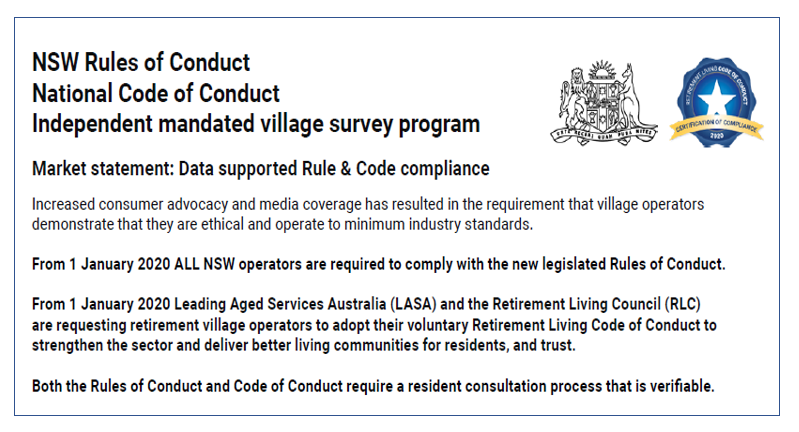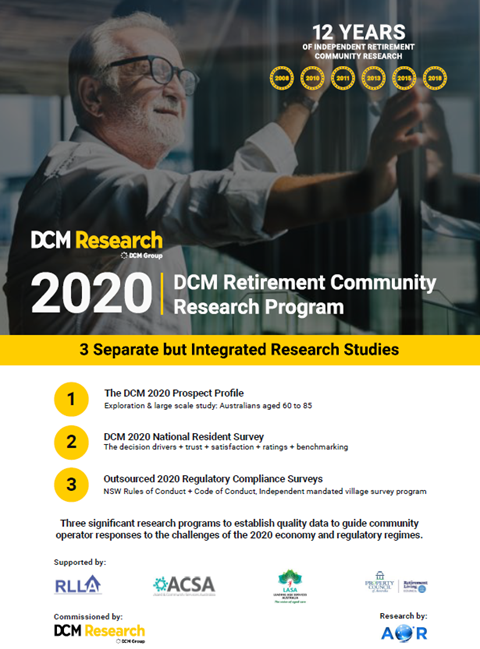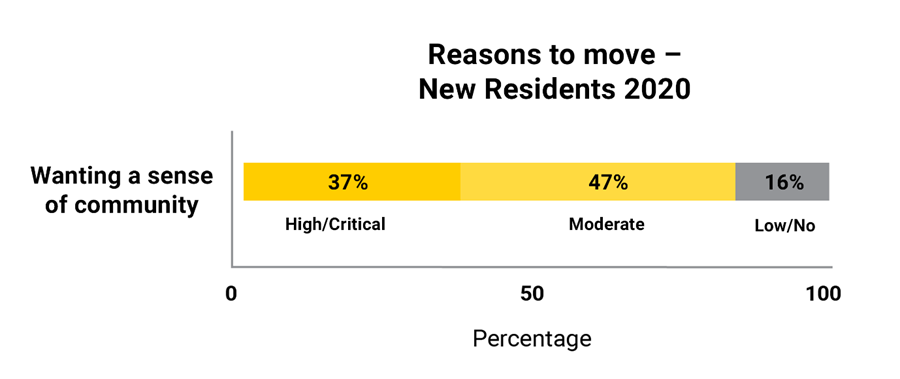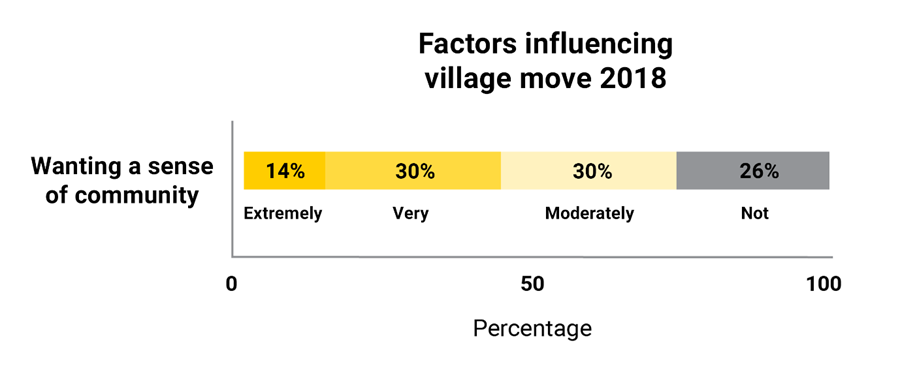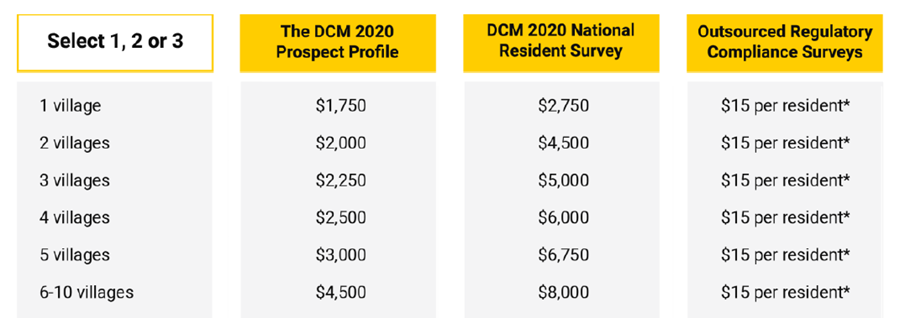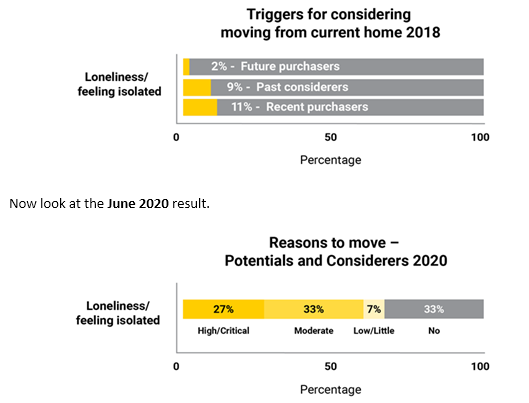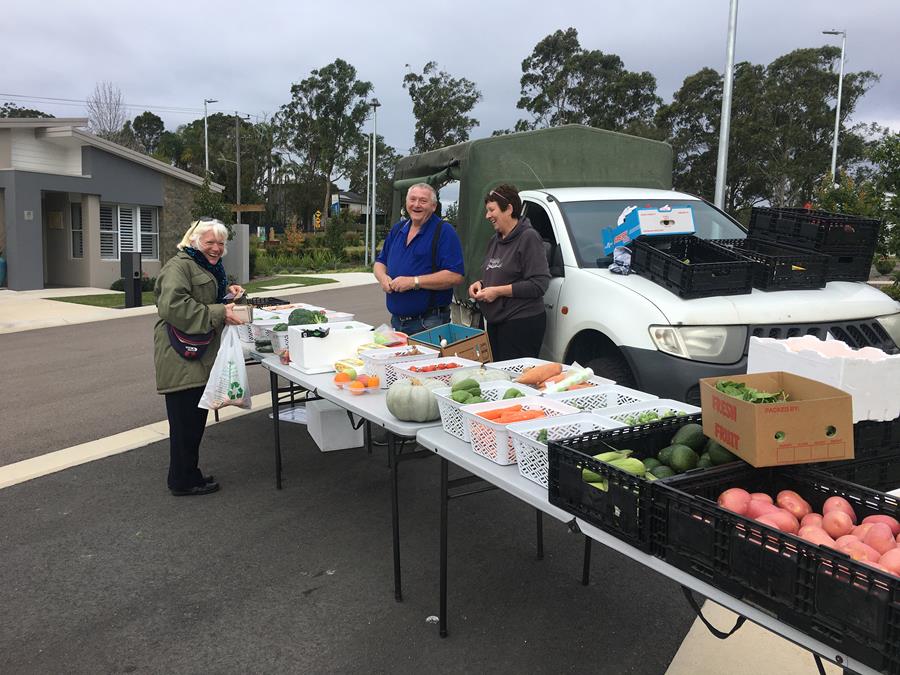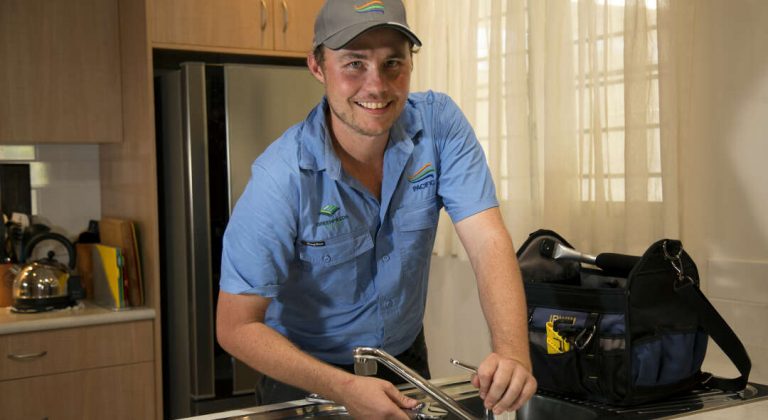It will be no surprise to you that many village residents struggle with the internet, and this makes life hard for them to just do things in the community.

Richard Scenna, co-founder ofYour Link, shared with me recently statistics from the 2020 Australian Digital Inclusion Index.
The statistics highlight that people over 65 remain amongst the least digitally included age group in the country.
The research also reveals a pattern of diminishing digital inclusion, as age increases – particularly in relation to access and digital ability.
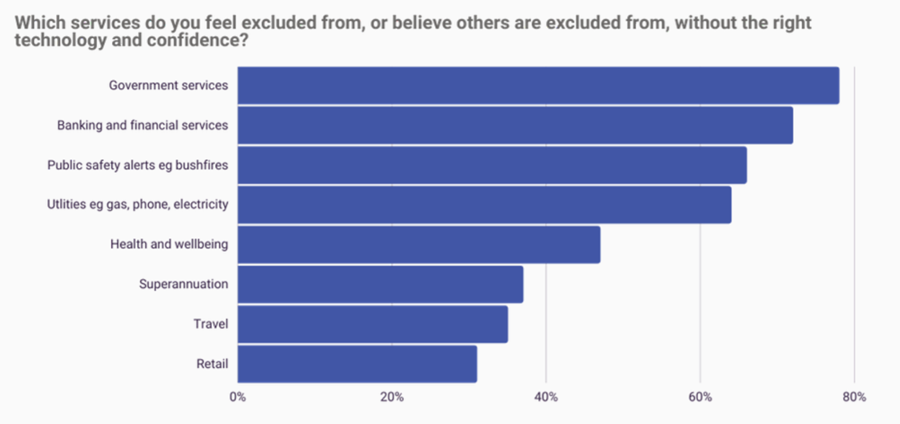
He went on to share that this same cohort had indicated in their recent survey, that 80% of people said, if they didn’t possess digital skills they felt locked out of essential services:
- Government agency services
- Online payment solutions
- Public safety alerts
- Online shopping/delivery options
- Telehealth, and
- COVID 19 related activities such as QR codes and digital updates.
You can learn more in the related article from Richard here – Despite good intentions, seniors are left behind with digital progress.
Feeling locked out
Many also feel locked out or in the dark, like digital social engagement, connection, belonging, learning and entertainment.
There is email, SMS, messenger groups, event registrations, Facebook pages, etc…
Once upon a time a phone was just used to call people!
A little help and knowledge can go a long way and, in my experience, programs delivered by third party providers, also go a long way to helping village professionals move their communities into the digital age.
YourLink can bring digital education to your village
This is where YourLinkcan assist and a great service I have used for residents in the past.
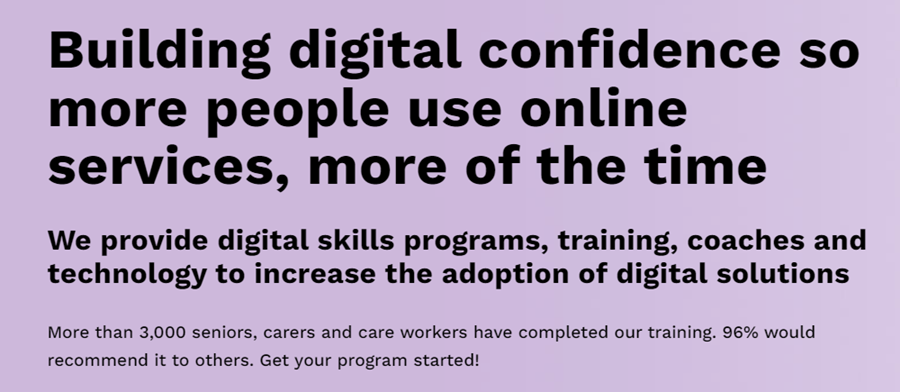
I recommend you contact the team at Your Linkif you are wanting assistance for your residents with the digital age. Some of the areas they provide are:
- Bespoke digital coaching (1 to 1)
- Employee/volunteer/carer digital literacy so they are able to assist others
- Seniors’ digital literacy in groups (virtual or face to face)
- Hearing & technology training events
- Investigation of grant funded digital literacy solutions
- Co-design digital literacy programs
Results of these programs show clear increase in digital confidence and participation.
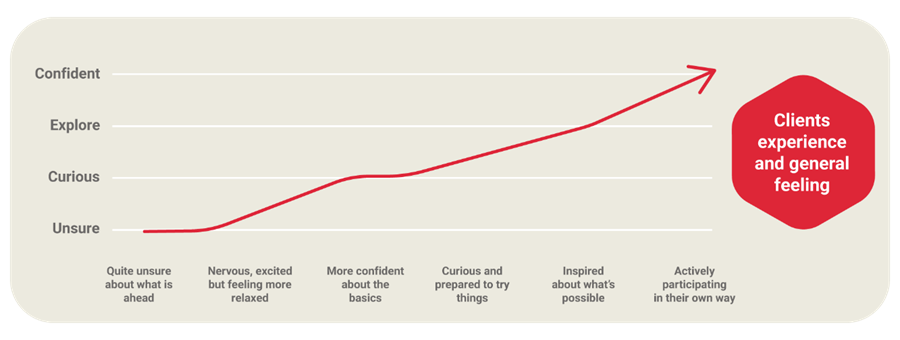
For more information and to see how they may be able to help your resident communities, click here: YourLink – Digital confidence and support for older Australians






